Oliver Pollock, Financial Supporter of the American Revolution and Inventor of the Dollar ($) Symbol5/12/2018 There are many people I run across with the same surnames that are in my family and I wonder if or how there is a connection. Oliver Pollock is one such person that should be found more in the history books than he is and deserves much more recognition and respect than he gets. The connection between my line of the Pollock's and his is unknown at this time, but it is assumed that all Pollocks trace their lineage to the same ancestor. 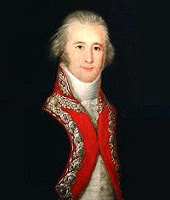 Oliver was born in Ireland about 1737 and grew up in an area known as Bready, in the parish of Donaheady, on the east side of the River Foyle in County Tyrone. His father was Jared and known as "Jared Poak". About 1760, Jared and his two sons, Oliver and James, immigrated to America and settled in Carlisle, Pennsylvania. According to Clan Pollock, it does not appear that they were affluent but Oliver's writing and accomplishments makes it appear that he was well educated and was at home in establishment circles. A letter Oliver received from his brother, Charles, gives clues to the families financial circumstances that stayed in Ireland also that Charles and another brother Thomas remained in Ireland. Oliver became a very successful merchant and trader in Philadelphia and became wealthy in just a few years. After the end of the French and Indian War, he moved to New Orleans in 1768 during the transition from French to Spanish rule, and married Margaret O'Brien, a member of a prominent Irish family. The city of New Orleans soon found itself in danger of famine, as the population swelled with Spanish troops and the food reserves were quickly depleted. Pollock was able to use his connections to Philadelphia to provide food shipments at the city’s most dire hour. Even though prices were skyrocketing, Oliver made the provisions available at half the going rate. In response, the Governor of New Orleans, Don O’Reilly, gave Pollock free trading rights within the Louisiana Territory. With his new found fame and the gratitude of Spain, Pollock was able to gain a substantial fortune in the merchant business. It was with this fortune, as well as Pollock’s connections and importance to the Spanish in New Orleans, that Pollock almost single-handedly bankrolled the Revolutionary War campaign of General George Rogers Clark in his campaign against the British in Illinois which ended with the victory at the Battle of Vincennes which secured the Northwest Territory. To aid and foster support of the American cause, Pollock began a war bond (or bills of exchange) campaign in New Orleans. At the start of the Revolutionary War, Oliver wrote many letters to the Continental Congress stressing the importance of the Mississippi Valley, In June 1777, Congress appointed him Commercial Agent for the United States in New Orleans. Oliver kept financial books as the U.S. agent, and entered the abbreviation ‘ps’ by the figures for ‘peso,’ which was the standard currency at the time. Because Pollock recorded these Spanish “dollars” or “pesos” as ‘ps” and because he tended to run both letters together, the resulting symbol resembled a ‘$.’ It was Robert Morris, Pollock’s old friend and business partner in Pennsylvania, who first adopted the new symbol in an official document, and by 1797 it was cast in type in Philadelphia. Thus, Oliver Pollock is credited with creating, by design or not, the symbol for the dollar, now perhaps the most widely used symbol in the world. Not too long after his war bond campaign began, Oliver did some re-negotiating and became the liable party. To his detriment, the creditors came looking for repayment on the war bonds. Soon after Pollock began reaching out to any Americans who might offer assistance. Pollock’s letters for aid were read on the floor of Congress, sent to the Commercial Committee, the Treasury Department, and even to Robert Morris, Governor of Virginia Beverley Randolph, and President George Washington. By the end of the war, it is estimated that Oliver Pollock contributed almost $300,000 of his own money which is equivalent to nearly a billion dollars in today's money. Congress did not make good on repaying Oliver and he was held liable for his debts which was reported to be $150,000 and was confined in Havana for more than a year, which was even after the war ended and the peace treaty signed. In 1785, after Oliver's friend General Galvez returned from Spain and pledged his own personal funds on Oliver's behalf was he released and allowed to return to Pennsylvania. Oliver returned to Carlisle, Pennsylvania where he engaged in various businesses. He eventually repaid a substantial portion of the expenses through the efforts of his friend, Thomas Jefferson, but it was too late and he never regained his former wealth. By 1800, Oliver was able to acquire some property, and he remarried in 1805. When his second wife died in 1820, he left Pennsylvania for good and moved to Pinckneyville, Mississippi, where he lived with his daughter Mary, wife of Dr. Samuel Robinson. After a full life, Oliver Pollock died on December 17, 1832. Pollock's grave is located in Pinckneyville. Unfortunately, no image survives of Pollock (most of his papers were lost in a fire). However, the modern sculpture below is of Pollock, and is located in the Galvez Plaza in Baton Rouge, Louisiana. This 17-foot high bronze statue of Oliver Pollock was sculpted by Frank Hayden. Sources: "The Pollag", Clan Pollock International Newsletter, November 2009, pages 4-5 The National Archives; The Texas Message Blog; Oliver Pollock - Supporter of the Revolution, Creator of "$"; October 11, 2016. URL: https://text-message.blogs.archives.gov/2016/10/11/oliver-pollock-supporter-of-the-revolution-creator-of/ "And Speaking of Which..." Oliver Pollock: The Man and the Symbol", Tuesday, June 5, 2012 URL: http://andspeakingofwhich.blogspot.com/2012/06/oliver-pollack-man-and-symbol.html "The Irish News" Blue Plaque in Memory of Tyrone Man Who Created "$" Symbol; May 12, 2018; page 1. URL: http://www.irishnews.com/news/northernirelandnews/2016/04/15/news/blue-plaque-in-memory-of-tyrone-man-who-created-symbol-486865/ Oliver Pollock - Baton Rouge, LA; Waymarking.com; URL: http://www.waymarking.com/waymarks/WM5AEA_Oliver_Pollock_Baton_Rouge_LA Neatorama; Oliver Pollock: The Man Who Invented the Dollar Sign; by John Farrier, Tuesday, November 24, 2015. URL: http://www.neatorama.com/2015/11/24/Oliver-Pollock-The-Man-Who-Invented-the-Dollar-Sign/
1 Comment
5/12/2024 04:21:14 pm
Thank you for taking the time to share this with us
Reply
Leave a Reply. |
AuthorMy name is Vicky, and after researching my family history since 1999, I have found amazing stories that need to be told. I hope you enjoy them as much as I have! Archives
May 2023
Categories |
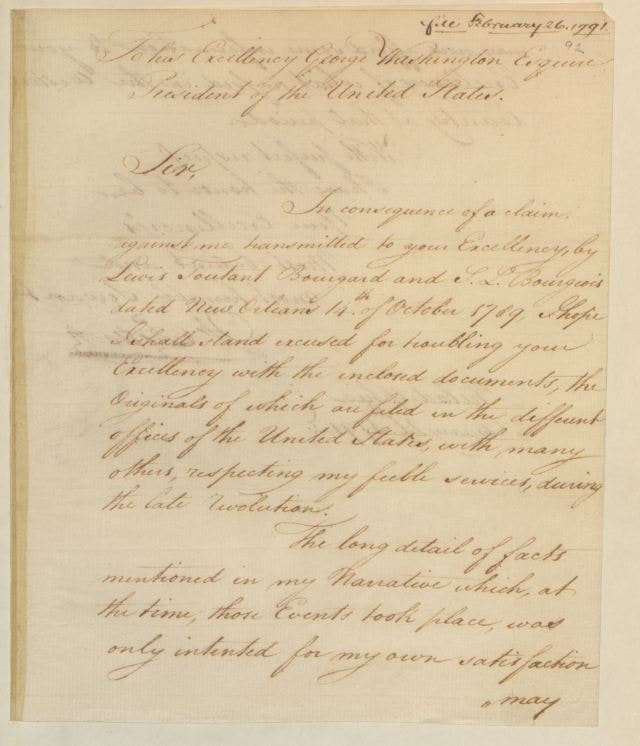

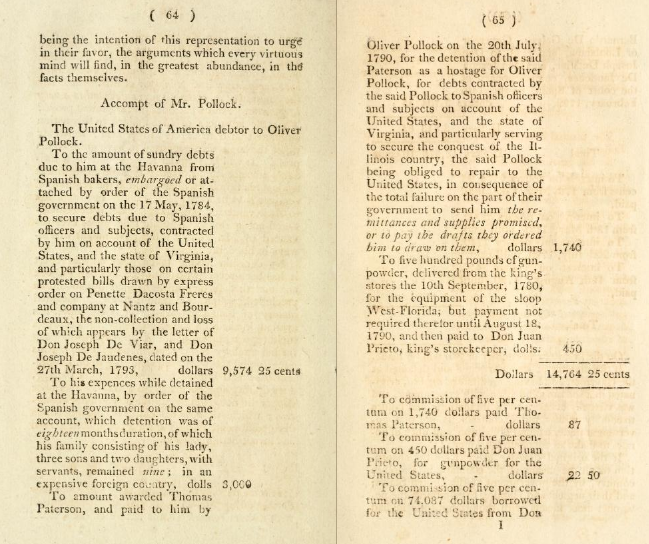

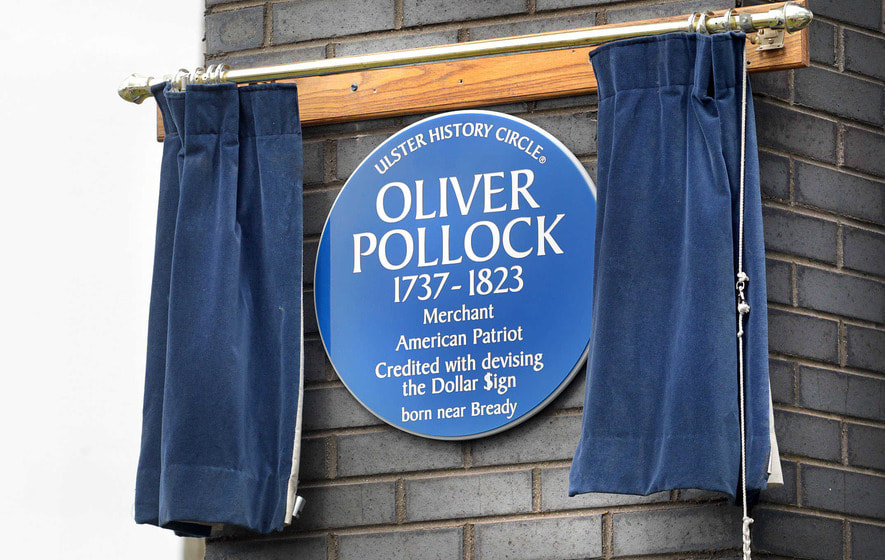
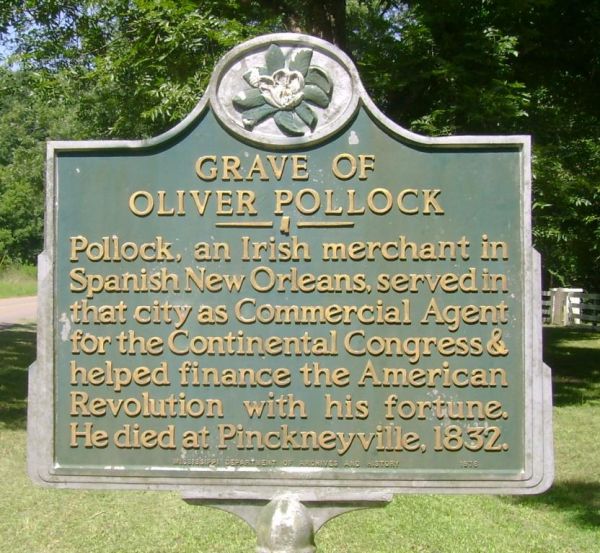
 RSS Feed
RSS Feed